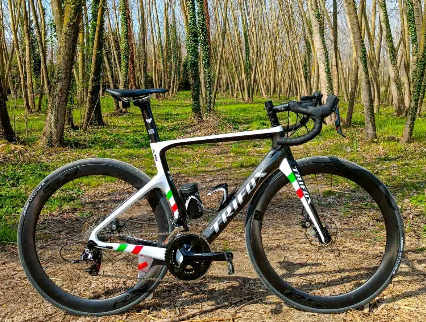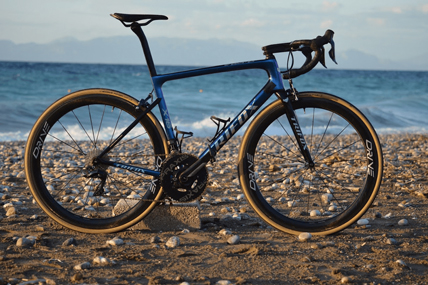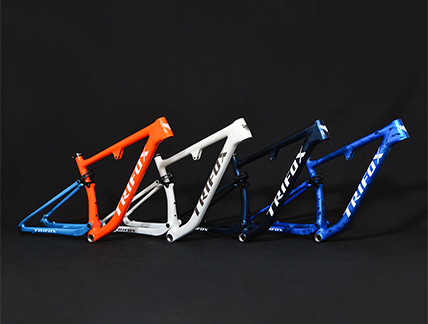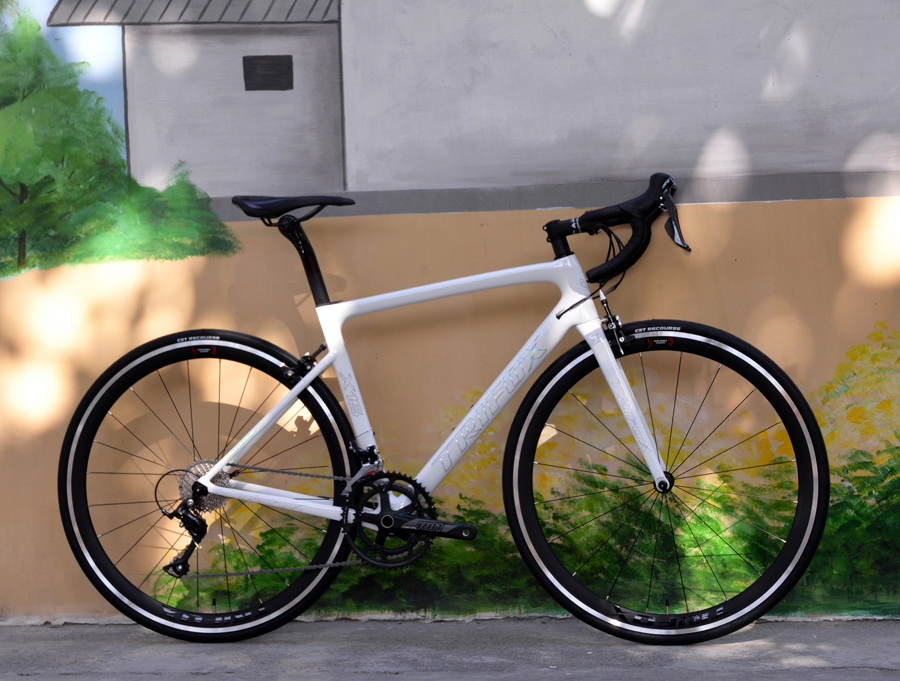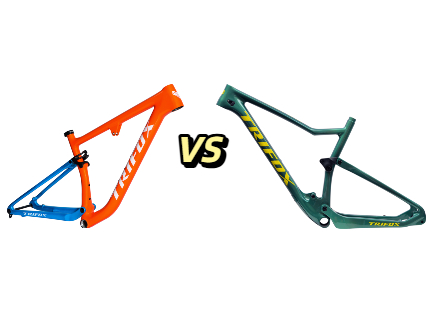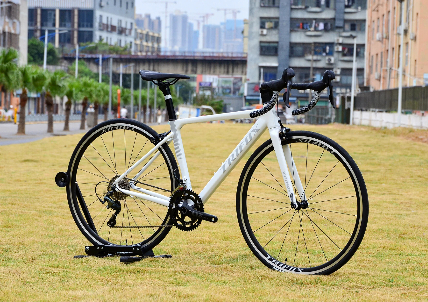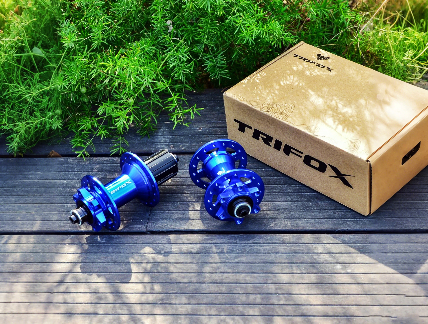Biking enthusiasts know that bikes come in different shapes and sizes, all with different purposes and capabilities. Choosing the right bike for your needs requires understanding the various components that make up a bike. One such component is the frame. The frame is the base of the bike and supports all other components. It is the starting point for the performance of a bike, and as such, one of the most important elements in making a decision on a bike.
This post takes a deep-dive into the 700c road bike frame, exploring its structure, materials, and how they contribute to the overall performance of the bike.
The 700c road bike frame is designed for speed, performance, and efficiency. The frame size includes a top tube, seat post, and down tube. These tubes are the backbone of the frame and dictate the bike's stiffness, weight, and overall feel. The materials used for these tubes also dictate a big part of how the bike performs. Common materials for bike frames are aluminum, steel, and carbon fiber.
Aluminum frames are affordable and widely available. They are often used for entry-level bikes and offer a good balance between strength, weight, and cost. Steel frames are also strong and have a luxurious feel, making them perfect for long rides that require comfort. Carbon fiber frames are the most expensive of the three materials but are popular in high-performance bikes due to their lightweight and ability to dampen vibrations.
Another important factor to consider when choosing a frame is the aerodynamics of the design. Aerodynamics is the study of how air moves around objects and how this affects the object's performance. A frame with an aerodynamic design will slice through the air more efficiently, allowing riders to ride faster with less effort. A simple way to test aerodynamics is to measure the bike's drag coefficient, or how much resistance the bike creates as it moves through the air. A lower drag coefficient means that the bike cuts through the wind more efficiently, which translates into less energy spent by the rider.
The geometry of the frame also impacts the overall performance of the bike. Geometry refers to the angles and lengths of the bike's tubes and can vary from one bike to another. A more aggressive posture, such as what you see in a racing bike, puts the rider in a leaned-forward position that reduces wind resistance. A more upright posture, as found in a touring bike, is more comfortable but creates more wind resistance. Finding the best geometry for your needs requires experimentation and consideration of your riding style.
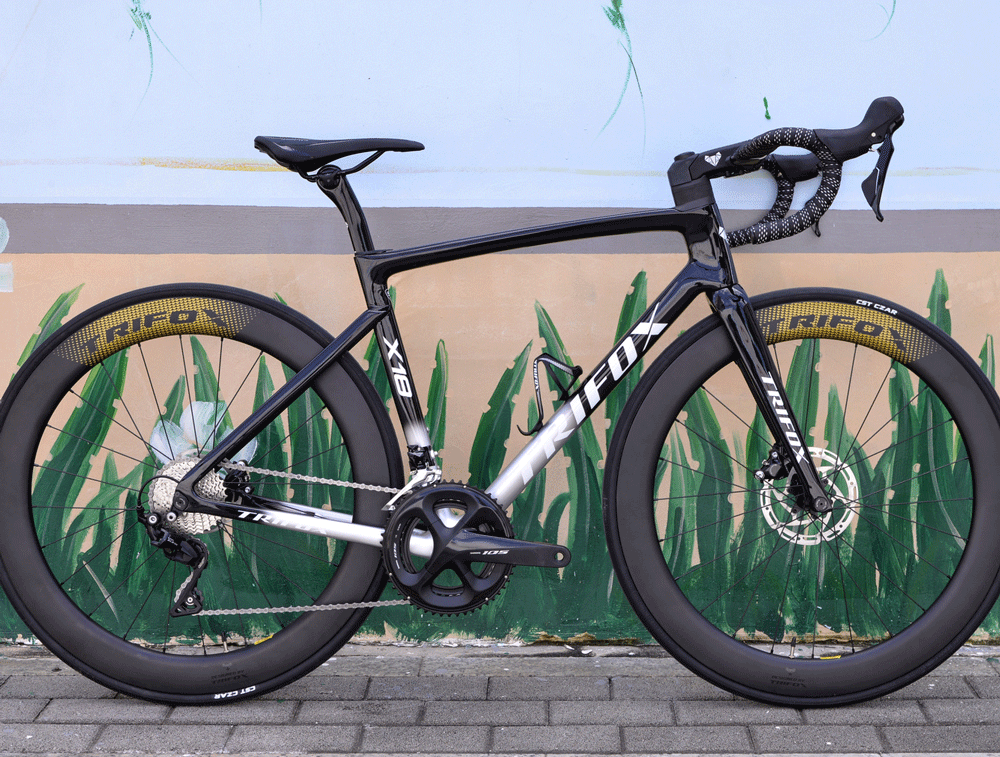
There you have it, an in-depth analysis of the 700c road bike frame and its impact on performance. The frame is the foundation of any bike, and choosing the right one can have a significant impact on your ride. When selecting a frame, consider the materials, aerodynamics, and geometry to find the ideal frame for your riding style.
The 700c road bike frame, with its focus on speed, efficiency, and performance, is an excellent choice for those looking to go faster and cover more distance.

































































